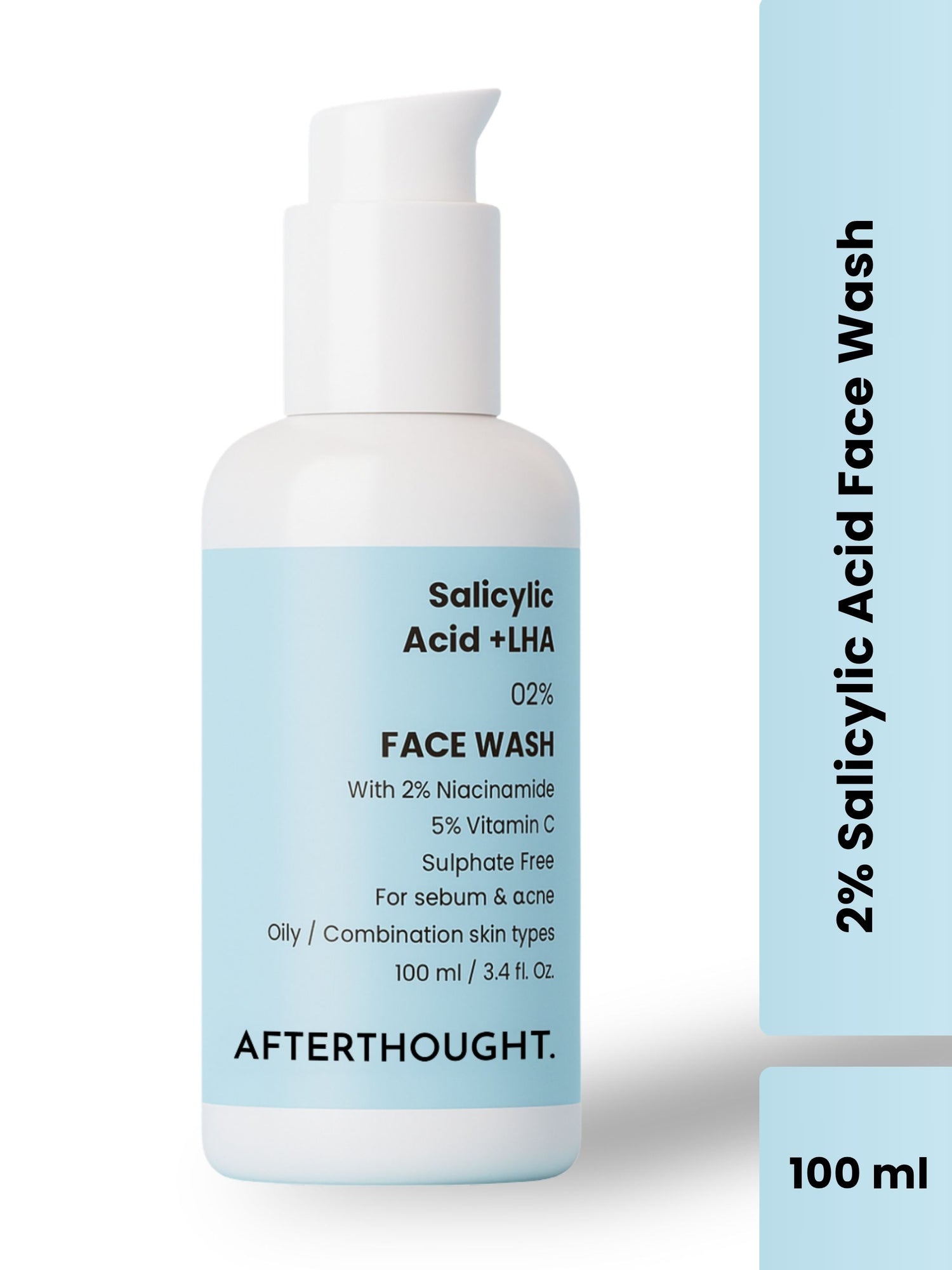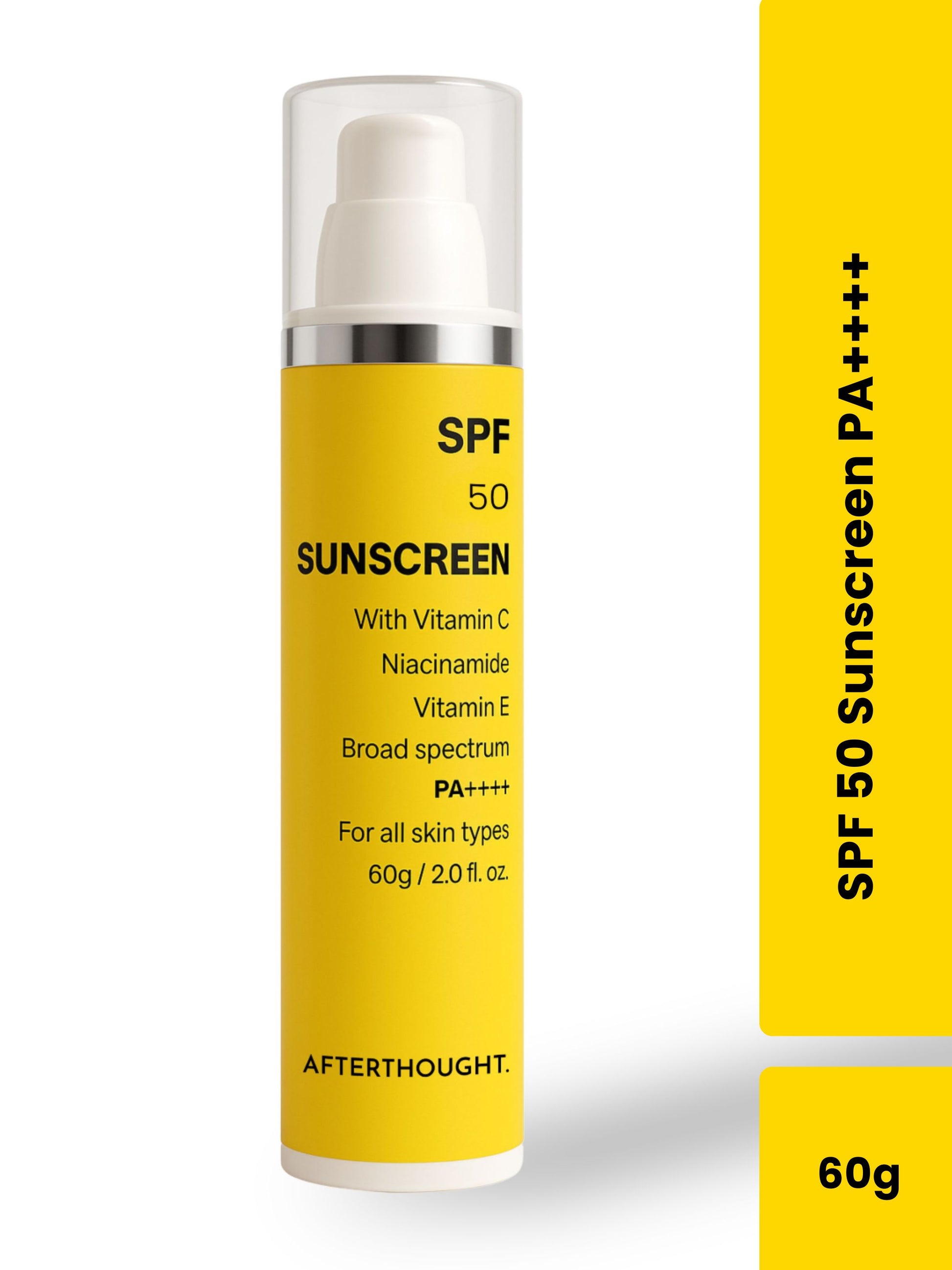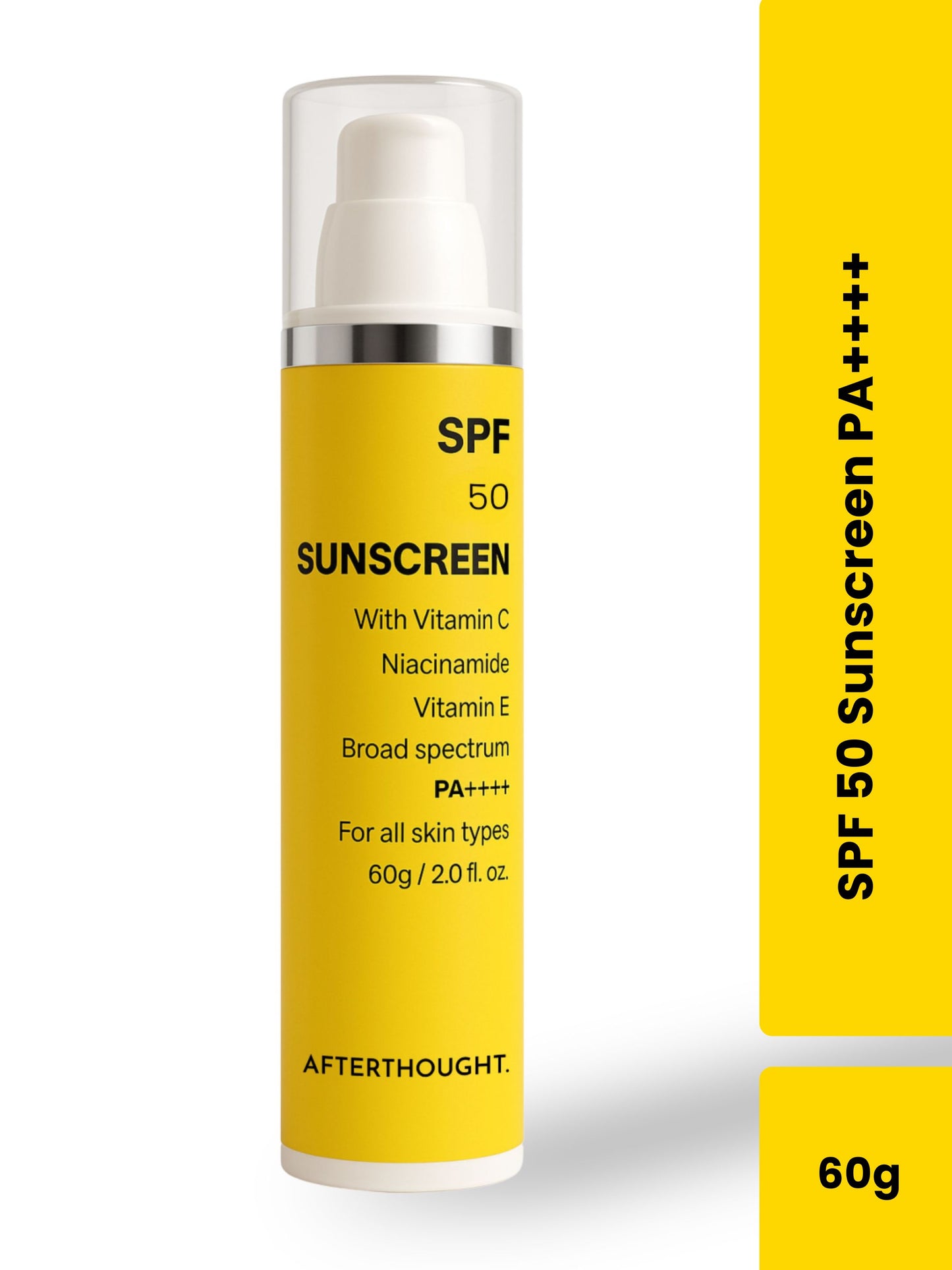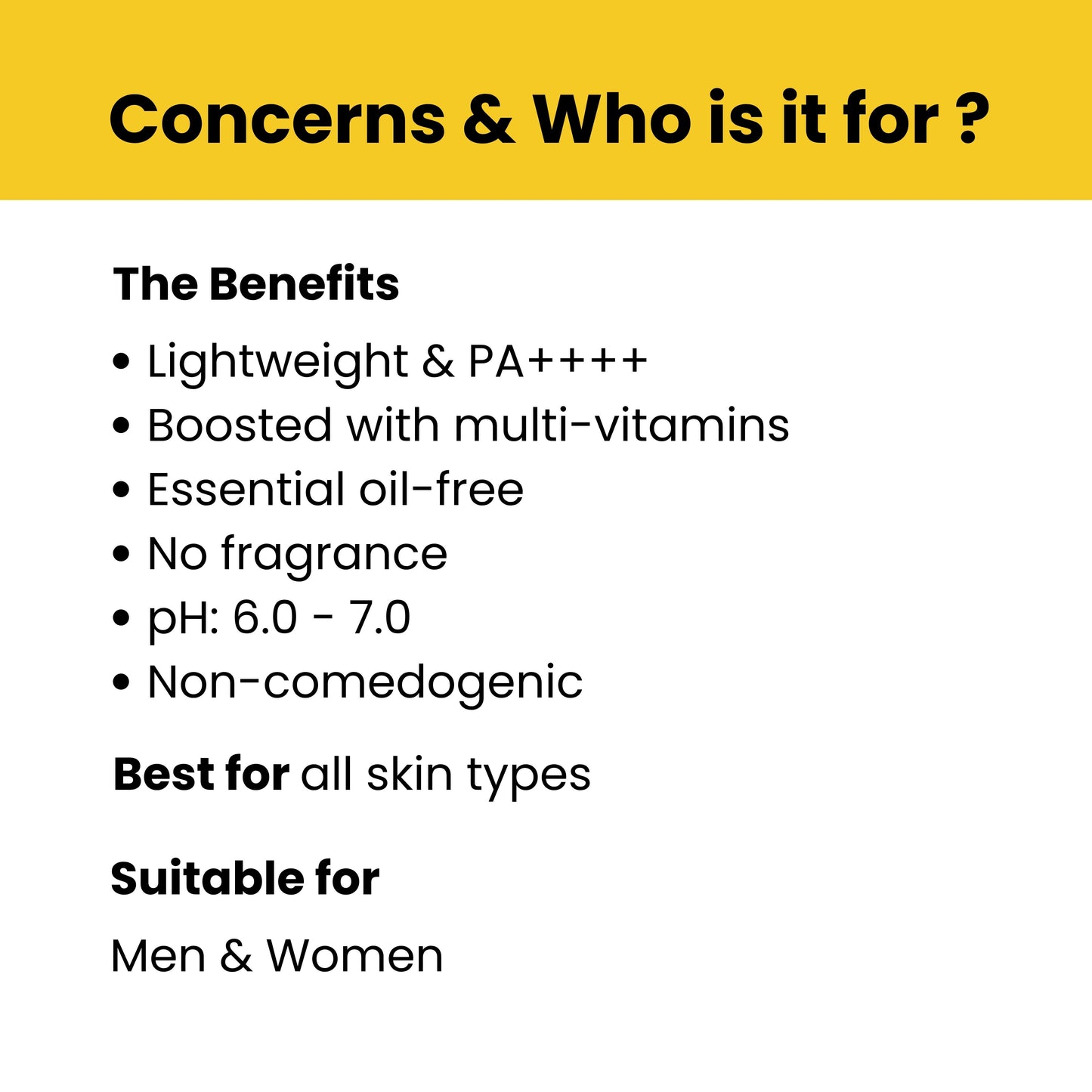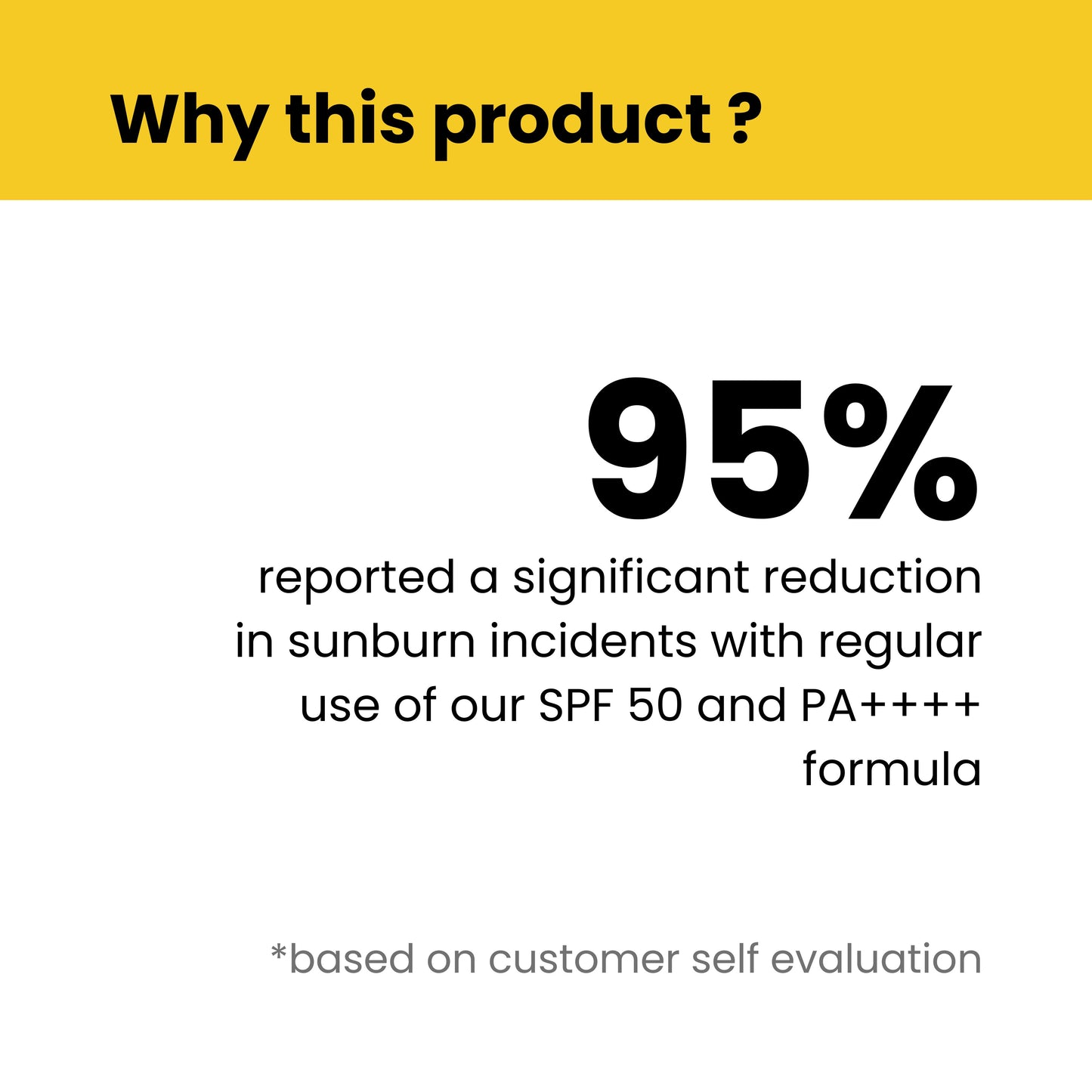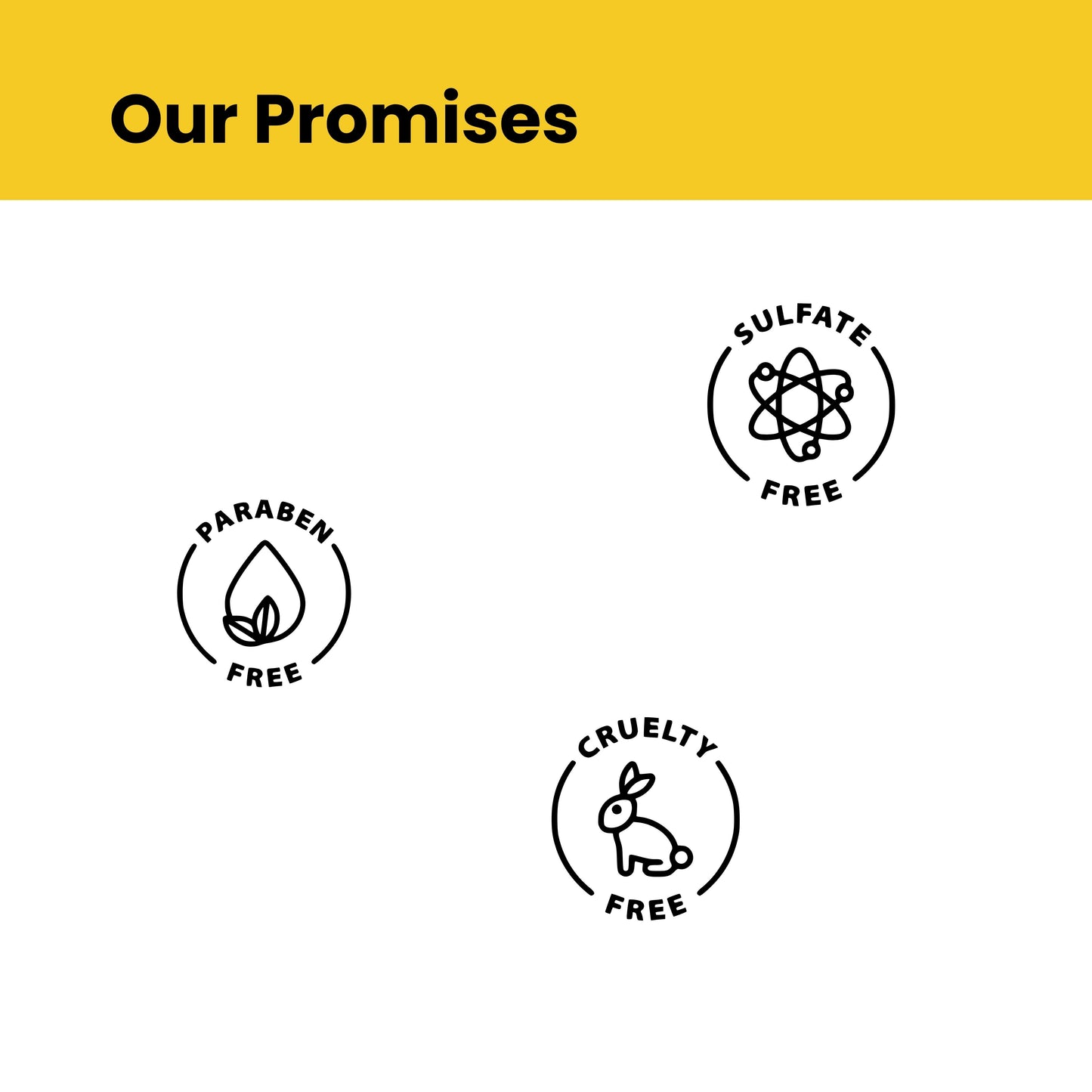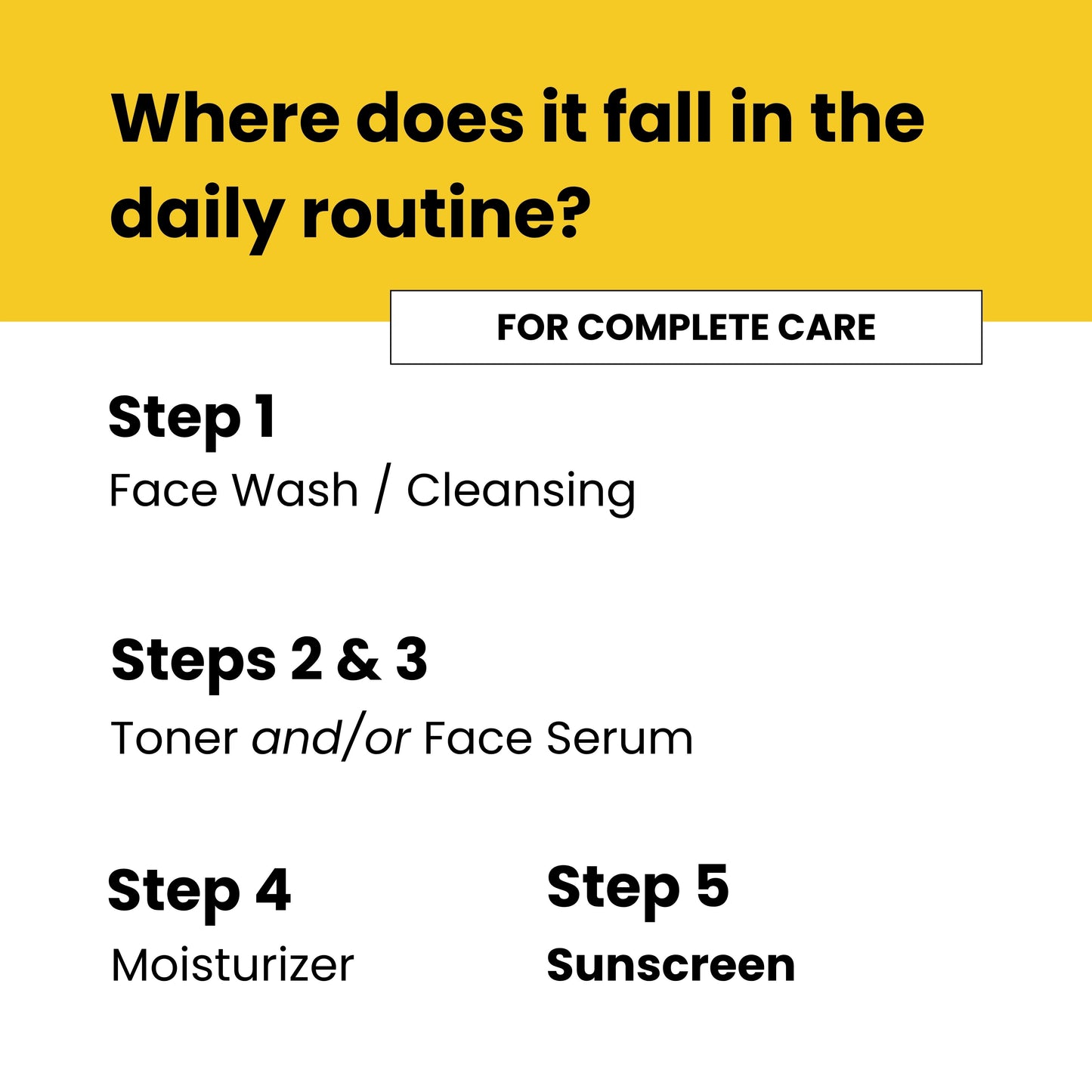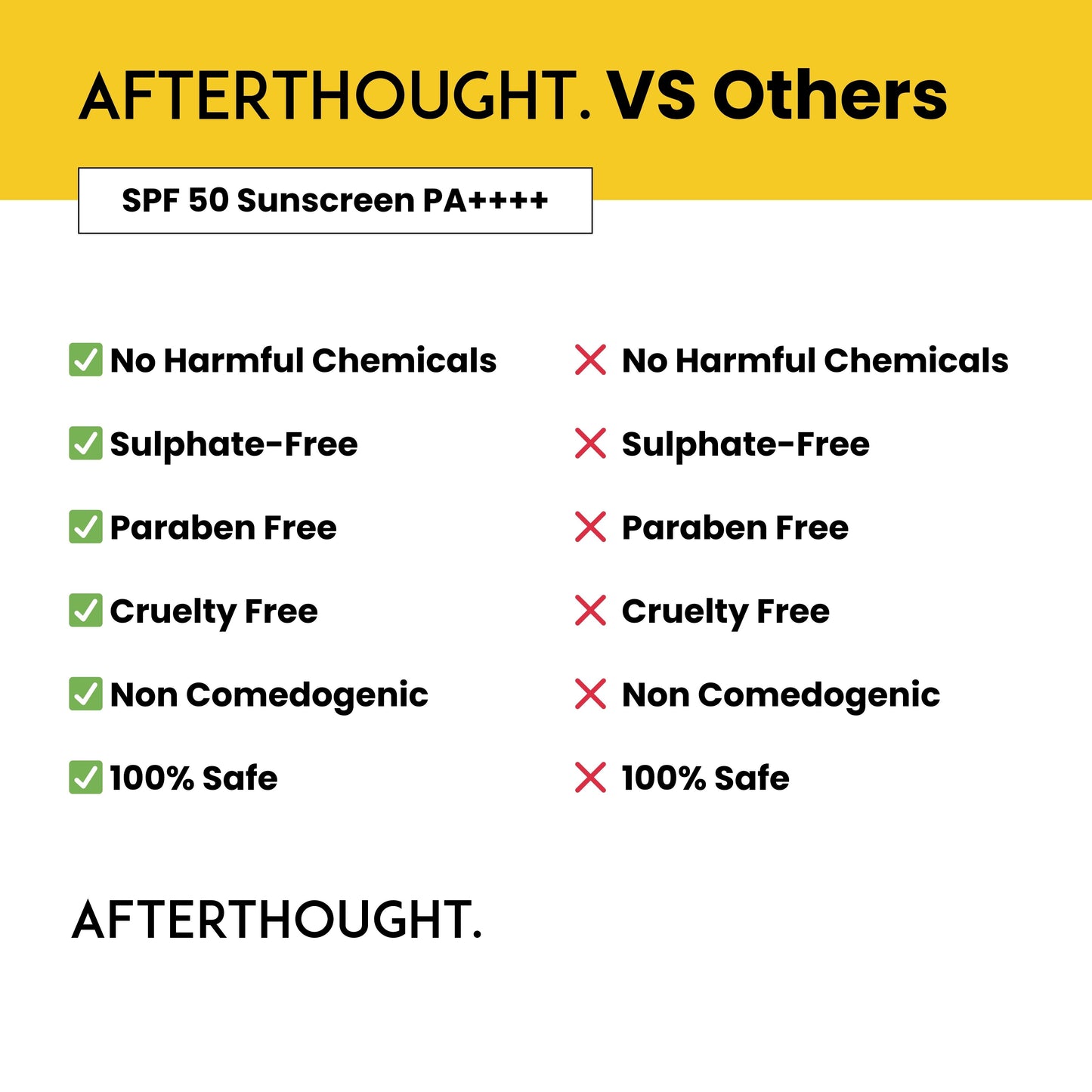Which Sunscreen Is Best For Tan Removal?
Sun exposure is a significant contributor to skin tanning, a process where the skin darkens due to increased melanin production as a defence mechanism against harmful UV rays.
While some might embrace the sun-kissed look, prolonged exposure can lead to uneven skin tone, hyperpigmentation, and even long-term skin damage. To protect the skin and help in tan removal, choosing the right sunscreen is crucial.
Understanding Sunscreen: The Basics
Before diving into the specifics of tan removal, it's essential to understand how sunscreen works. Sunscreen is designed to protect the skin from the harmful effects of ultraviolet (UV) radiation, which includes UVA and UVB rays.
- UVA Rays: These rays penetrate the skin deeply, contributing to premature aging and hyperpigmentation. UVA rays are a primary culprit in causing a tan.
- UVB Rays: These rays affect the outer layer of the skin, leading to sunburn and increasing the risk of skin cancer.
A broad-spectrum sunscreen offers protection against both UVA and UVB rays, making it essential for preventing tanning and sunburn.
The Role of Sunscreen in Tan Removal
While sunscreen primarily acts as a preventive measure against tanning, certain sunscreens can also aid in reducing existing tans. The key lies in their formulation, ingredients, and how consistently they are used.
1. Broad-Spectrum Protection
A sunscreen labeled as broad-spectrum is non-negotiable for tan removal. Such sunscreens protect against both UVA and UVB rays, preventing further tanning while allowing the skin's natural renewal process to gradually fade the tan.
2. High SPF
Sun Protection Factor (SPF) is crucial in determining how well a sunscreen can shield the skin from UVB rays. For tan removal, a sunscreen with an SPF of 30 or higher is recommended. High SPF ensures that even minimal exposure to sunlight won't aggravate existing tans or cause further darkening.
3. Physical (Mineral) Sunscreens
Physical sunscreens, often containing zinc oxide or titanium dioxide, create a physical barrier on the skin's surface. These sunscreens are particularly effective in reflecting and scattering UV rays, preventing them from penetrating the skin. Their non-absorbent nature also means they are less likely to cause irritation, making them suitable for all skin types.
4. Antioxidant-Rich Formulations
Sunscreens infused with antioxidants such as Vitamin C, Vitamin E, or green tea extract offer additional protection by neutralizing free radicals caused by UV exposure. These antioxidants help in repairing skin damage, promoting an even skin tone, and assisting in the gradual removal of tans.
5. Moisturizing Ingredients
A good sunscreen for tan removal should also contain hydrating ingredients like hyaluronic acid, glycerin, or aloe vera. These ingredients help in maintaining the skin's moisture barrier, which is essential for skin recovery and reducing the appearance of tans.
6. Non-Comedogenic Formulation
For those with oily or acne-prone skin, a non-comedogenic sunscreen is crucial. Such sunscreens do not clog pores, reducing the risk of breakouts that could lead to post-inflammatory hyperpigmentation (a common issue with tanning).
Application and Consistency: The Key to Success
Even the best sunscreen can only be effective if applied correctly and consistently. Here are some tips to maximize the benefits of sunscreen in tan removal:
- Apply Generously: Most people do not apply enough sunscreen, which reduces its effectiveness. A general rule of thumb is to use about a teaspoon of sunscreen for the face and neck and a shot glass worth for the body.
- Reapply Regularly: Sunscreen should be reapplied every two hours, especially after swimming, sweating, or towel drying. Consistent reapplication ensures continuous protection against UV rays.
- Year-Round Use: Sunscreen isn't just for summer. UV rays can penetrate through clouds and windows, making it essential to use sunscreen daily, regardless of the season.
- Combine with Protective Measures: While sunscreen is vital, combining it with other protective measures such as wearing hats, sunglasses, and protective clothing can further prevent tanning and aid in the gradual removal of existing tans.
Enhancing Tan Removal with a Skincare Routine
In addition to using the right sunscreen, incorporating a tan-removal skincare routine can accelerate results:
1. Exfoliation
Regular exfoliation helps in sloughing off dead skin cells, promoting the regeneration of new, untanned skin. However, it's important to choose a gentle exfoliator to avoid irritation.
2. Brightening Agents
Ingredients like niacinamide, licorice extract, and alpha arbutin are known for their skin-brightening properties. Incorporating products with these ingredients can help fade tans and even out the skin tone.
3. Hydration
Keeping the skin well-hydrated aids in its natural repair processes. A well-moisturized skin barrier is more resilient and better equipped to recover from sun damage.
4. Night Care
At night, the skin undergoes repair and regeneration. Using a nighttime moisturizer or serum with skin-repairing ingredients like retinoids or peptides can complement your sunscreen routine and enhance tan removal.
Conclusion: Choosing the Right Sunscreen for Tan Removal
The journey to tan removal is not instantaneous, but with the right sunscreen and consistent skincare habits, you can achieve a more even and radiant complexion.
Remember, the best sunscreen for tan removal is one that offers broad-spectrum protection, a high SPF, and is enriched with skin-nourishing ingredients.
Pairing it with a diligent skincare routine will help you achieve your desired results while keeping your skin healthy and protected.
Also Read: Which Is The Best Sunscreen With Vitamin C?
